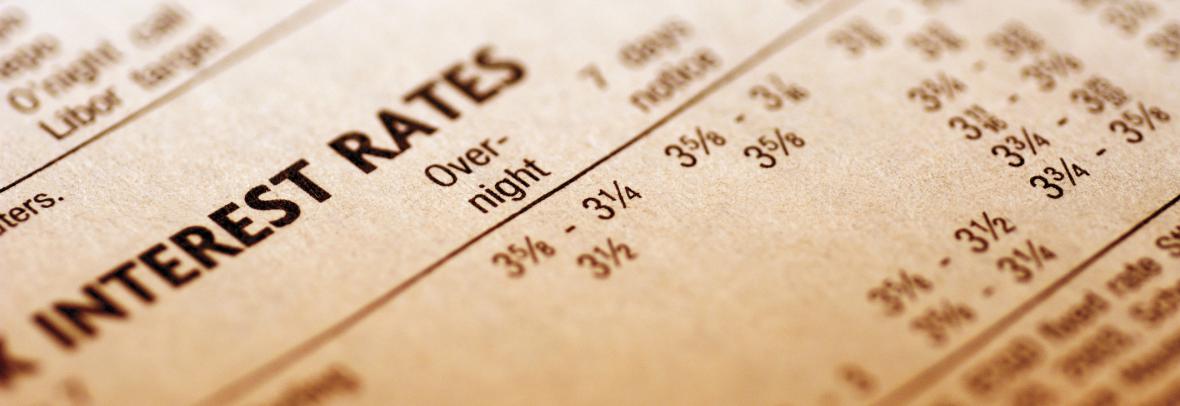
The modest downturn for a 30-year, fixed-rate loan – from last week’s 6.7% to 6.66% – isn’t much, but it eases fears temporarily following six weeks of increases.
WASHINGTON (AP) – Average long-term U.S. mortgage rates ticked down modestly this week after six straight weeks of gains pushed rates to heights not seen in more than a decade, before a crash in the housing market triggered the Great Recession in 2008.
Mortgage buyer Freddie Mac reported Thursday that the average on the key 30-year rate dipped to 6.66% from 6.70% last week. One year ago, the rate stood at 2.99%. The average rate on 15-year, fixed-rate mortgages, popular among those looking to refinance their homes, came down to 5.9% from 5.96% last week.
Rapidly rising mortgage rates have more than doubled this year, pushing many prospective homebuyers out of the market.
Freddie Mac says that for a typical mortgage, borrowers who locked in at the higher end of the rate range during the past year would pay several hundred dollars more than borrowers who signed contracts at the lower end of the range.
Late last month, the Federal Reserve bumped its benchmark borrowing rate by another three-quarters of a point in an effort to constrain the economy, its fifth increase this year and third consecutive 0.75 percentage point increase.
The Fed’s aggressive action has decelerated a housing sector that – outside of the onset of the pandemic – has been hot for years. Existing home sales have declined for seven straight months as the rising cost to borrow money puts homes out of reach for more people.
The government reported last week that the U.S. economy, battered by surging consumer prices and rising interest rates, shrank at a 0.6% annual rate from April through June, consistent with its previous estimate for the second quarter.
Fed officials forecast that they will further raise their benchmark rate to roughly 4.4% by year’s end, a full point higher than they envisioned as recently as June. They expect to raise the rate again next year, to about 4.6%. That would be the highest level since 2007.
By raising borrowing rates, the Fed makes it costlier to take out a mortgage and an auto or business loan. Consumers and businesses then presumably borrow and spend less, cooling the economy and slowing inflation.
Mortgage rates don’t necessarily mirror the Fed’s rate increases but tend to track the yield on the 10-year Treasury note. That’s influenced by a variety of factors, including investors’ expectations for future inflation and global demand for U.S. Treasurys.
Copyright 2022 The Associated Press. All rights reserved. This material may not be published, broadcast, rewritten or redistributed without permission.
Go to Source
Author: marlam



